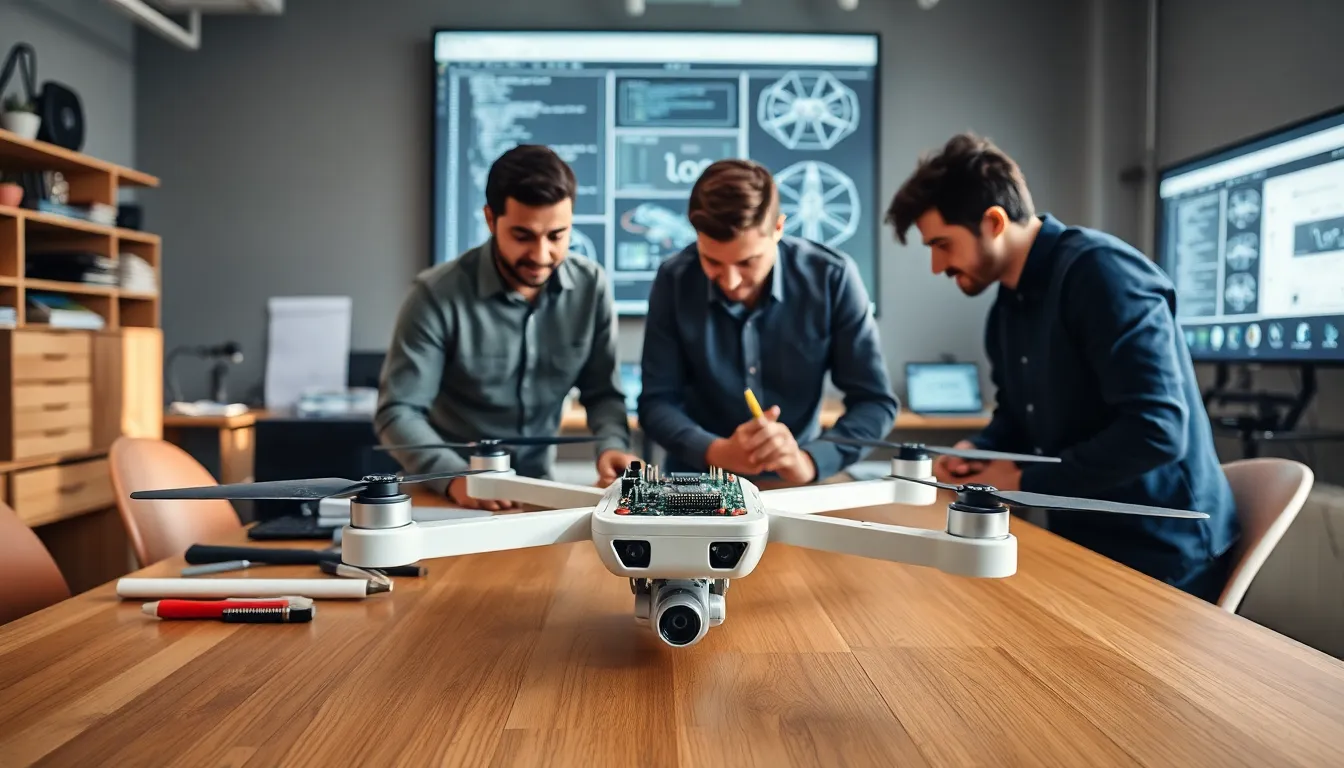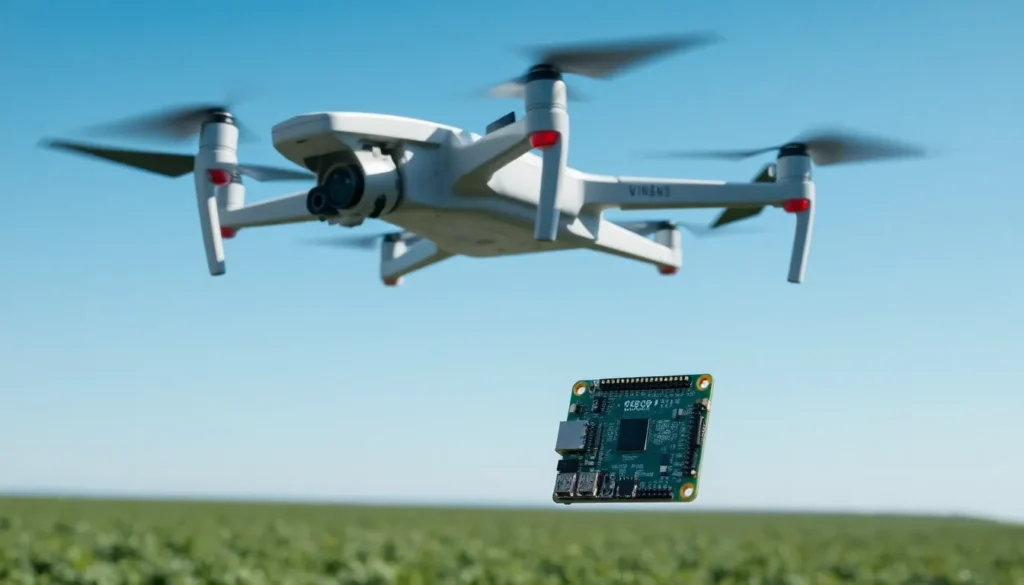Table of Contents
ToggleImagine soaring through the skies, peering into the unseen, and capturing moments that the naked eye cannot perceive. Welcome to the thrilling world of the WebBizMagnet Raspberry Pi Zero Thermal Drone. This innovative gadget combines affordability with cutting-edge thermal imaging technology, making it a game-changer across various industries. From search and rescue missions to agricultural monitoring, this drone isn’t just about flying: it’s about seeing the world from a whole new perspective. Ready to dive deeper? Let’s explore how this powerhouse packs a punch.
Overview of Raspberry Pi Zero in Drone Technology

The Raspberry Pi Zero has quietly become a cornerstone of DIY drone technology, offering an accessible entry point for hobbyists and professionals alike. This compact, lightweight computer is capable of incredible feats, especially when integrated into drone systems.
Key Features of the Raspberry Pi Zero
It may be small, but the Raspberry Pi Zero is formidable. Weighing in at just 9 grams, it features a 1 GHz single-core CPU, 512 MB of RAM, and supports various connectivity options like USB, HDMI, and GPIO. This allows for flexibility in hardware integration, such as attaching cameras, sensors, and more. The GPIO pins provide the ability to control motors and additional electronic components directly.
Benefits of Using Raspberry Pi Zero in Drones
Incorporating the Raspberry Pi Zero into drone designs allows enthusiasts to customize their projects without very costly. Its affordability means that even those on a budget can tap into the world of aerial innovation. Besides, the extensive community support surrounding the Raspberry Pi means users have access to tutorials, scripts, and troubleshooting tips that can expedite the learning curve.
Thermal Imaging Capabilities
Understanding the unique advantages that thermal cameras provide can elevate the functionality of any drone. These cameras detect heat emitted by objects, making them invaluable in various applications.
How Thermal Cameras Enhance Drone Functionality
Thermal imaging technology allows drones to see beyond the visible spectrum. When paired with the Raspberry Pi Zero, the thermal camera becomes a powerful tool for capturing data in environments where traditional photography fails. This opens new doors for inspections, searches, and monitoring tasks, providing insights that lead to better decisions and increased efficiency.
Applications of Thermal Drones
The real magic happens when thermal imaging technology meets practical applications, and the Raspberry Pi Zero thermal drone shines in several critical areas.
Search and Rescue Operations
During emergencies, every second counts. Thermal drones can quickly locate lost individuals in a variety of terrains, especially in low-visibility conditions. The ability to detect body heat transforms these missions, making rescues easier and faster.
Agricultural Monitoring
Farmers are increasingly turning to thermal imaging to monitor crop health and irrigation levels. By detecting temperature differences, they gain critical insights that help optimize resource use, reduce waste, and boost crop yields.
Environmental Assessments
Monitoring wildlife and assessing environmental changes are other significant uses of thermal drones. These devices assist researchers in tracking animal movements and health, providing data without disturbing habitats.
Building Inspections
Thermal imaging plays a vital role in identifying structural issues in buildings. From detecting leaks to inspecting insulation, thermal drones offer a non-invasive method to assess the integrity of structures.
Building Your Raspberry Pi Zero Thermal Drone
Creating a Raspberry Pi Zero thermal drone isn’t just a project: it’s a thrilling journey of exploration and innovation. Here’s how to get started with building your own.
Essential Components Needed
To construct a Raspberry Pi Zero thermal drone, you’ll require several components:
- Raspberry Pi Zero
- Thermal Camera (like the FLIR Lepton)
- Drone Frame (lightweight and durable)
- Battery and Power Management
- Electronic Speed Controllers (ESCs) and Motors
- Remote Control System
- GPS Module for navigation
Step-by-Step Assembly Guide
- Start by assembling the drone frame. Secure the motors and attach the ESCs accordingly.
- Attach the Raspberry Pi Zero to the frame, ensuring it’s accessible for programming and adjustments.
- Connect the thermal camera to the Raspberry Pi, following the manufacturer’s instructions for integration.
- Set up the power distribution board to manage battery connections safely.
- Verify all connections and perform a pre-flight check.
Programming the Drone
Programming your Raspberry Pi Zero involves installing the necessary libraries and code. Python is particularly popular for this task, allowing developers to customize flight patterns, integrate camera controls, and analyze thermal data. Resources and online forums can provide valuable guidance for coding your drone’s specific functions.




